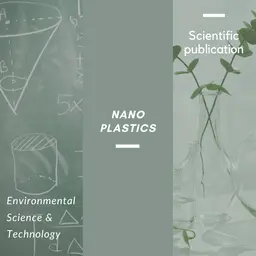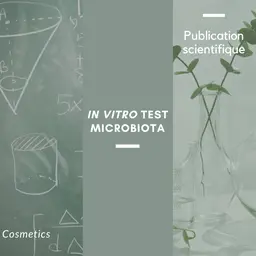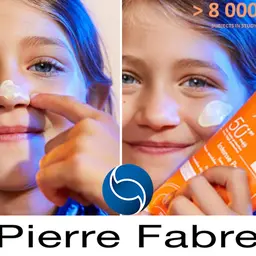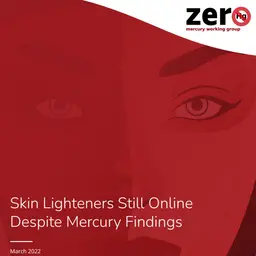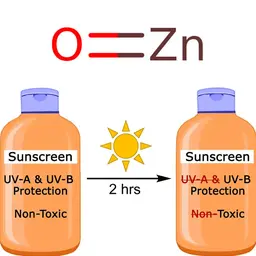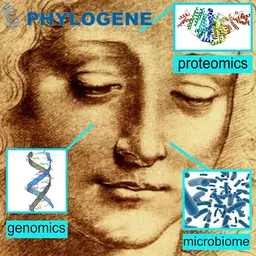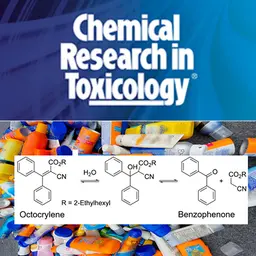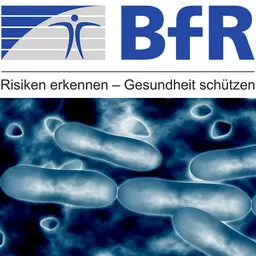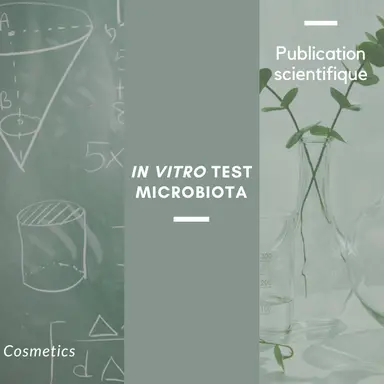
This recent study describes a new in vitro model using a leather surface to evaluate the efficacy on the skin of prebiotic substances incorporated in different types of cosmetic formulations.
The study was published in the scientific journal Cosmetics on 22 August 2022. It describes the development of this new model, which was developed by German researchers at the Rhine-Waal University of Applied Sciences in Kleve.
Background
The human skin is known to harbor numerous microorganisms, such as bacteria, viruses and fungi. In total, it must be assumed that in total, 1011 microbial cells can be found on the skin surface, although their number and composition may vary with the specific conditions provided by the different areas of the skin. Staphylococcus, Corynebacterium and Cutibacterium represent the three dominant bacterial genera on the skin.
It is already known that members of the human microbiota can be influenced by supporting agents, which are frequently used in food and have been shown to positively impact several diseases. These prebiotic supplements have also gained attention for the use of cosmetic products. Here, they already have proven to promote the growth of beneficial bacteria such as coagulase-negative Staphylococci, while inhibiting the growth of Cutibacterium (Propionibacterium) acnes, assuming that an unbalanced skin biota may favour acne, when the pathogen outweighs the beneficial bacteria in terms of quantity.
In general, prebiotics may be used to rebalance …

